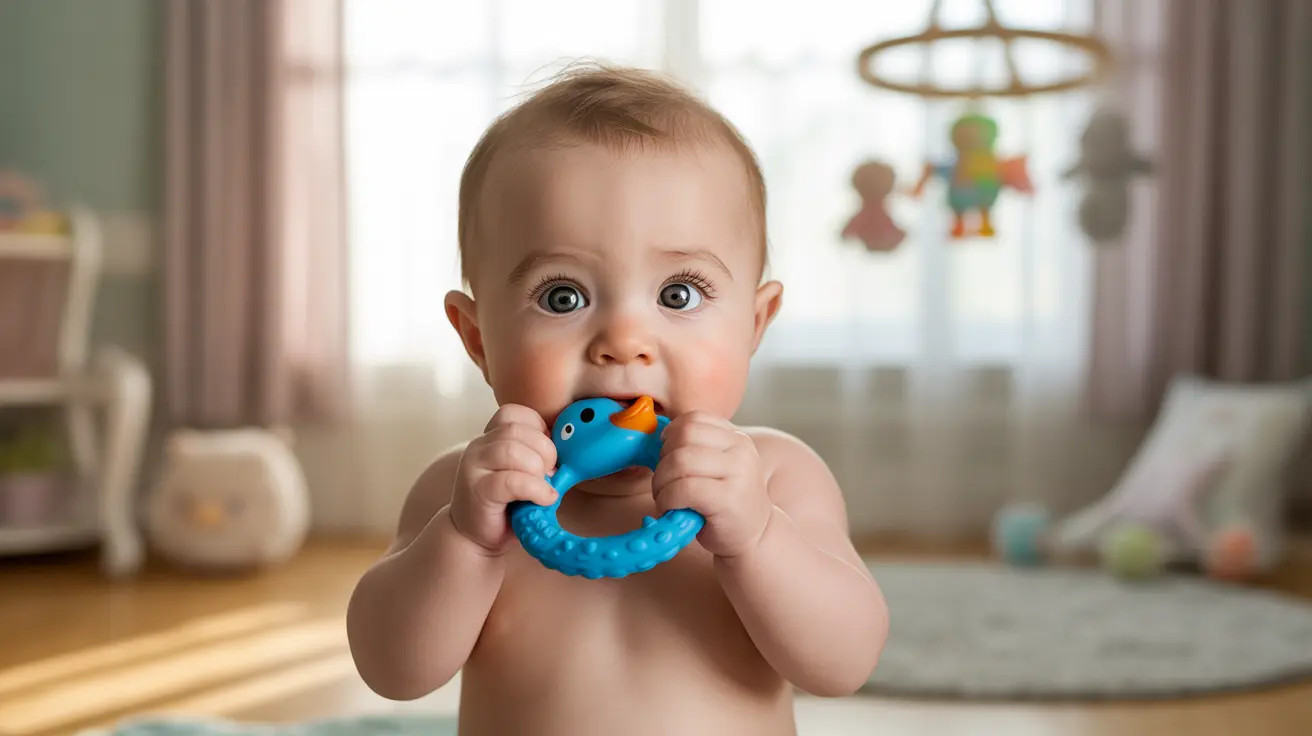As your baby reaches the teething stage, you may notice various symptoms, including what appears to be a fever. Many parents wonder about the relationship between teething and increased body temperature, seeking to understand what's normal and when to be concerned. Understanding this connection is crucial for proper infant care and knowing when to seek medical attention.
Let's explore the facts about teething fever, common symptoms, and how to provide comfort to your little one during this challenging developmental phase.
Understanding Teething and Body Temperature
While teething can cause mild discomfort and slight temperature elevation, it's important to understand that true fevers are not directly caused by teething. The normal temperature range during teething typically stays below 100.4°F (38°C). Any temperature above this threshold likely indicates another underlying cause that requires medical attention.
Common Teething Symptoms to Watch For
Teething typically presents with several recognizable signs:
- Increased drooling
- Irritability and fussiness
- Chewing on objects
- Swollen or tender gums
- Slightly raised temperature
- Changes in eating or sleeping patterns
- Rubbing their face or pulling their ears
When Fever During Teething Becomes a Concern
While mild temperature elevations can occur during teething, certain signs warrant immediate medical attention:
Red Flag Symptoms
- Temperature above 100.4°F (38°C)
- Fever lasting more than 24 hours
- Severe irritability
- Decreased feeding or fluid intake
- Signs of dehydration
- Lethargy or unusual drowsiness
Safe Relief Methods for Teething Discomfort
There are several safe and effective ways to help your teething baby feel more comfortable:
Non-Medicinal Solutions
- Clean, chilled teething rings
- Gentle gum massage with clean fingers
- Cold washcloth for chewing
- Refrigerated (not frozen) teething toys
Safe Medicinal Options
Always consult your pediatrician before using any medication. They may recommend:
- Infant acetaminophen or ibuprofen (following age-appropriate dosing)
- Over-the-counter teething gels (if approved by your doctor)
Understanding the Immune Response During Teething
During teething, babies often experience increased inflammation in their gums, which can trigger a mild immune response. This response, combined with increased drooling and chewing on objects, may contribute to slightly elevated temperatures. However, this is different from a true fever caused by illness.
Frequently Asked Questions
- Can teething cause a fever in babies, and how high can the temperature get?
Teething itself typically doesn't cause true fevers. While it may cause a slight temperature elevation, it usually doesn't exceed 100.4°F (38°C). Any temperature above this threshold is likely due to another cause and should be evaluated by a healthcare provider.
- What are common symptoms of teething besides fever?
Common teething symptoms include increased drooling, irritability, chewing on objects, swollen gums, changes in eating patterns, and disturbed sleep. Some babies may also experience mild temperature elevation and facial rashes from excessive drooling.
- When should I be concerned about my baby's fever during teething and seek medical help?
Seek immediate medical attention if your baby's temperature exceeds 100.4°F (38°C), if the fever lasts more than 24 hours, or if it's accompanied by other concerning symptoms like decreased feeding, lethargy, or signs of dehydration.
- How can I safely relieve my baby's discomfort from teething?
Safe relief methods include using clean, chilled teething rings, gentle gum massage, cold washcloths, and pediatrician-approved pain relievers. Always consult your healthcare provider before using any medications or teething gels.
- Why do some babies develop a fever during teething if teething doesn't cause fever?
The slight temperature elevation sometimes observed during teething is typically due to increased inflammation in the gums and the body's immune response. However, true fevers during teething are usually coincidental and caused by unrelated infections or illnesses that happen to occur during the teething period.
Remember, while teething can be challenging for both babies and parents, understanding the difference between normal teething symptoms and signs of illness is crucial for your baby's health and well-being. When in doubt, always consult your pediatrician for proper guidance and care.




